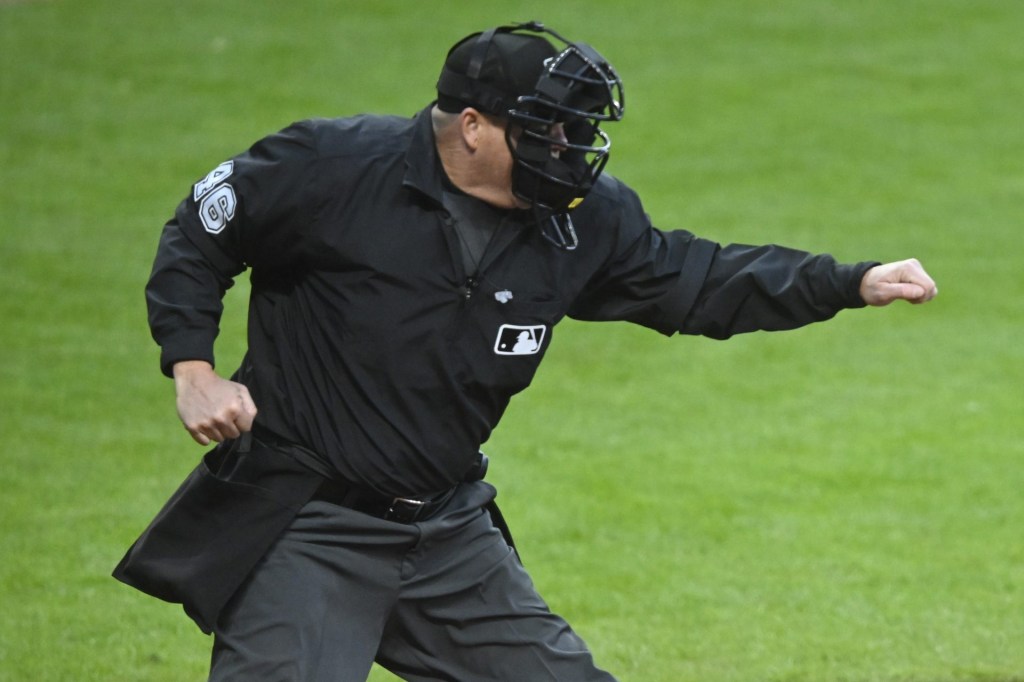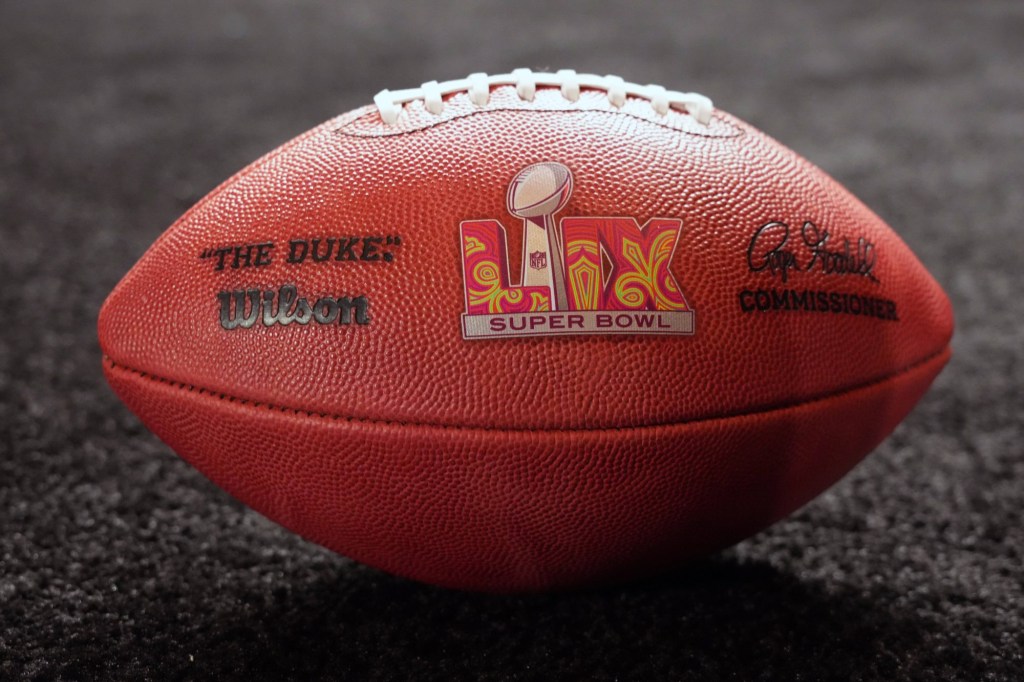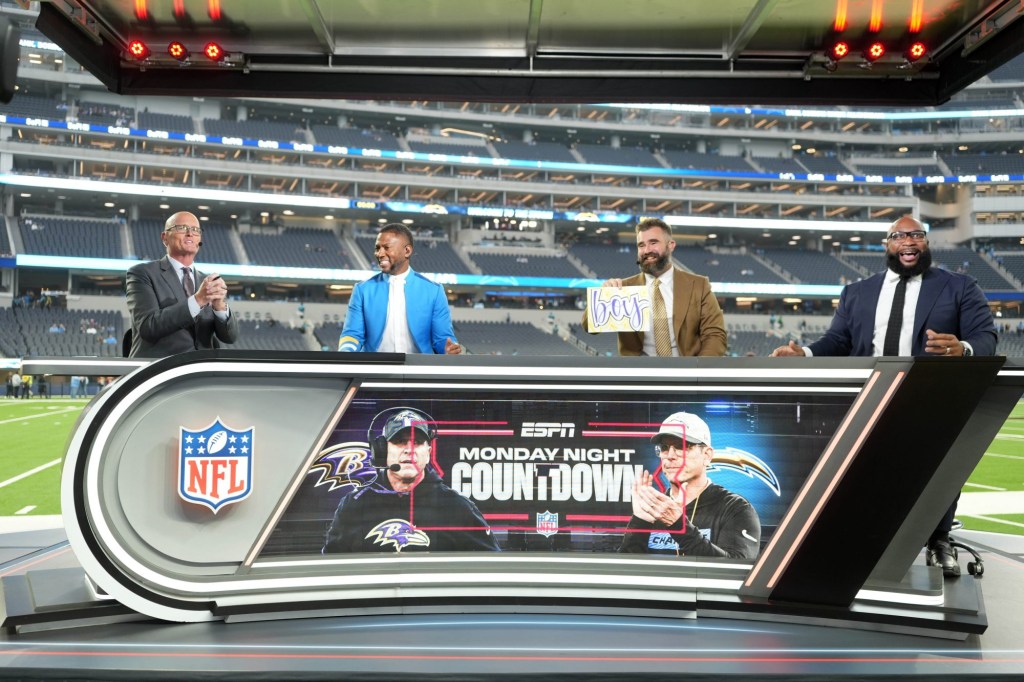
Chinese mobile phone manufacturer Vivo became a FIFA partner in May 2017 for a six-year period, at a cost of approximately $450 million U.S. dollars. As part of the deal, it was named the exclusive smartphone partner for the FIFA World Cup in 2018 and 2022, as well as the Confederation Cup in 2017 and 2021.
Alternatively, Vivo could have partnered with FC Barcelona and Brazilian superstar Neymar Jr. while having millions of dollars to spare, which is exactly what competitor Oppo did.
Vivo is the fifth-largest mobile manufacturer in the world, behind Samsung, Apple, Huawei, and Oppo. Being the third-largest mobile manufacturer in China, with a presence in India and Southeast Asia, is enough to get it into the global top five. Vivo and Oppo are both owned by Chinese firm BBK.
Both of these brands are using sports as a vehicle to expand their footprint globally and to differentiate themselves from the competition locally in China.
Since the Confederation Cup is a smaller property with more limited value and reach, in effect, Vivo is paying nearly half a billion dollars for a month-long span in June-July 2018 and a month in 2022. Is it a smart move by Vivo to spend so much money to partner with a tournament that happens once every four years, rather than spend to collaborate with an event that occurs every year, or club or a player that competes all year?
Is Vivo or Oppo doing a better job of using sports, and soccer in particular, to reach the market?
Partnership Portfolio
Vivo
For Vivo, the relationship with FIFA is part of an ever-expanding global sports partnership portfolio as it looks to gain awareness across the international stage in a bid to become the biggest in the world. Vivo has mostly focused on India and Southeast Asia. In 2015, it became the title sponsor of the Indian Premier League (IPL), a sporting association that is highly influential in British Commonwealth countries and one of the most-watched sports leagues in the world. In 2016, Vivo started a strategic partnership with NBA China as its official mobile handset sponsor, with NBA superstar Stephen Curry becoming the product ambassador.

After gaining a strong foothold in the Chinese (second-most smartphones sold) and Indian markets (third), Vivo partnered with FIFA to become a truly global player as it seeks to gain even more eyeballs on the international stage. Regarding the FIFA partnership, Michael Chang, brand director of international business at Vivo, told The Drum, “The sponsorship will help thrust Vivo into the international spotlight, raising brand awareness and show the world how our products can empower lifestyles by being trendsetting, innovative and creative.”
Oppo
In addition to partnering with FC Barcelona and Neymar Jr., Oppo is the main sponsor of the Indian national cricket team, the global partner of the International Cricket Council (ICC) — the FIFA equivalent of cricket — and an official partner of the Pakistan Super League (PSL), the Pakistani equivalent of the IPL.

Neymar & Oppo
Which brand is getting more value from its football partnerships?
FIFA World Cup – Vivo
The Vivo logo will appear on on-field advertising boards, event tickets, press release backdrops, and other key promotional areas. Over 3.4 billion people are expected to watch this World Cup, granting Vivo lots of eyeballs. However, in six years Vivo will get two months of high reach, but at a very high cost per reach.
Once the World Cup is over, the partnership has limited value to Vivo in the ensuing years until the next World Cup comes around in 2022. Vivo can ensure the brand awareness achieved during the World Cup (albeit at a very high cost) is maintained through its other sports properties all year. Otherwise, there will be limited brand recall and recognition a few months from the end of the tournament.
During this World Cup, Vivo is leveraging the assets available to engage with audiences in Russia and various markets. It has done events, roadshows, and other activations which have led to lots of visibility and engagement with fans.
Vivo created a dance movement that features the official song for the 2018 FIFA World Cup Russia “Live It Up” by Nicky Jam, Will Smith, and Era Istrefi. Fans worldwide are encouraged to share videos of themselves on social media, as they #PassTheSwag to the tune of “Live It Up”.
It has come up with a FIFA limited edition smartphone and launched advertisement campaigns around the tournament. It has partnered with Bebeto, 1994 World Cup winner with Brazil, and Ruud Gullit, a former Dutch National football player and a 1987 Ballon d’Or winner. Both are legends of the game that retired two decades ago and the majority of the audience has never seen them play. Perhaps it would have been more beneficial to partner with current or recently retired stars whom audiences can relate to better, as Oppo has done with Neymar.

Vivo Ambassadors Gullit & Bebeto
Since the World Cup is the most-watched event in the world, lots of brands try to leverage it to gain visibility either as an official partner or through ambush marketing. The partnership with FIFA helps Vivo differentiate from the clutter, but such one-off events don’t help build long-term brand association. After all, do you remember which brand was the official phone partner or television partner of the 2014 World Cup?
Club & Player Partnerships – Oppo
The partnership with FC Barcelona gets Oppo year-round eyeballs and engagement as millions of people watch Barcelona — with superstars such as Messi, Suarez, and Coutinho — play and win every week. Games such as El Clasico, which features Real Madrid vs. Barcelona, are watched by over 400 million people, while Barcelona has over 200 million social media followers. Thus, Oppo gets a much better cost per reach than Vivo.
Just seeing Oppo alongside Barcelona over a long time period helps associate the brand strongly with Barcelona and differentiate it from the competition. Neymar is one of the top-three players at the World Cup (along with Messi and Ronaldo) and will definitely help Oppo get some visibility and engagement.
Want more content like this? Subscribe to our daily newsletter!
In conclusion, the two strategies have their own merits. Becoming a FIFA partner has a very high cost per reach, but it certainly puts a brand on the map. While Vivo is able to differentiate from the clutter during the World Cup, there is little long-term brand association and limited brand recall. Competitor Oppo’s strategy of partnering with Barcelona and Neymar provides a better cost per reach on a year-round basis and a strong long-term association with a top sports property.
Besides, even keeping solely the World Cup in mind, ambush marketing may provide better value for money.

















